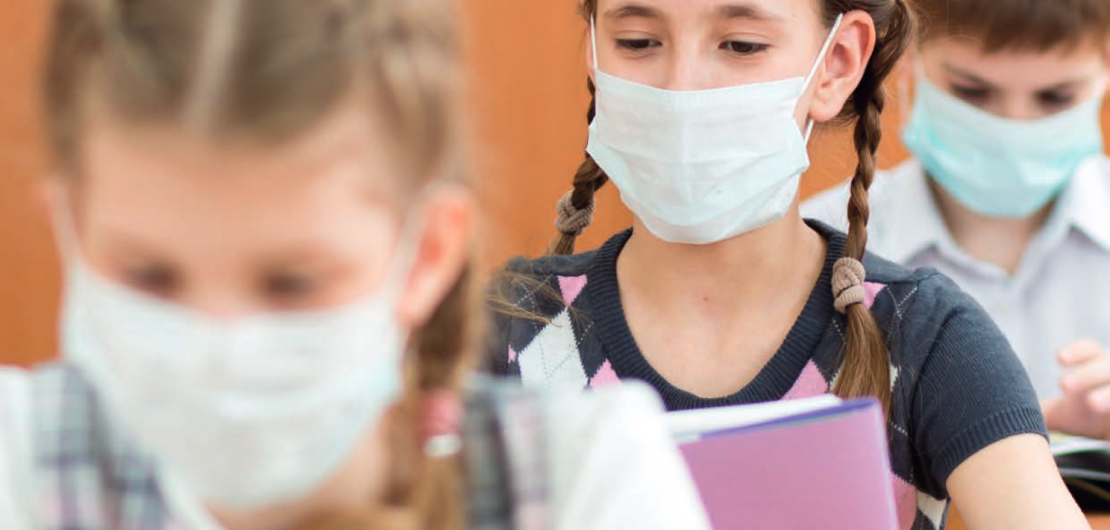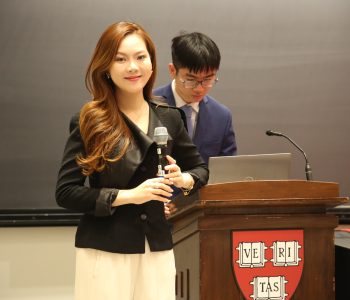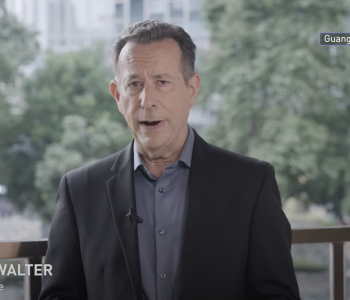 In The News
In The News
A framework to guide an education response to the…
Developing an education strategy during the coronavirus crisis
The result of a joint OECD-Harvard Graduate School of Education rapid assessment of education responses to the coronavirus pandemic in almost 100 countries, this report provides policy makers with a framework to develop plans to ensure disruptions to education are minimised during the crisis.
- Fernando M. Reimers, Global Education Innovation Initiative, Harvard Graduate School of Education
- Andreas Schleicher, Directorate of Education and Skills, Organisation for Economic Co-operation and DevelopmentA framework to guide an education response to the COVID-19 Pandemic of 2020
As the world becomes increasingly interconnected, so do the risks we face. The COVID-19 pandemic. Has not stopped at national borders, and affected people regardless of nationality, level of education, income or gender. But that has not been true for its consequences, which have hit the most vulnerable hardest. Education is no exception. Those from privileged backgrounds quickly found their way around closed school doors to alternative learning opportunities, supported by their parents and eager to learn. Too often, those from disadvantaged backgrounds have remained shut out if the school shuts down. So this pandemic has exposes the many inequities in our education systems – from the broadband and computers needed for online education, through the supportive environments needed to focus on learning, up to our failure to attract talented teachers to the most challenging classrooms.
But as these inequities are amplified in this time of crisis, this moment also holds the possibility that we won’t return to the status quo when things return to “normal”. It is the nature of our collective and systemic responses to the disruptions that will determine how we are affected by them. There is a lot we can do together. Where school closures are needed in the short term, we can mitigate their impact for learners, families and educators, particularly for those in the most marginalised groups, who don’t have access to digital learning resources or lack the resilience and engagement to learn on their own. We can collaborate internationally to mutualise open online educational resources and digital learning platforms, and encourage technology companies to join this effort. We can rapidly enhance digital learning opportunities for teachers and encourage teacher collaboration beyond boarders. And we can use the momentum to reshape curricula and learning environments to the needs of the 21st century.
China was hit first by Covid-19, but reacted fast. Schools were given the highest priority even when financial resources nationwide were tightening, with a ‘green channel’ ensuring quality and efficiency in rapid procurement during the emergency. The national cloud platform which China launched, offering digital learning resources to students in schools free of charge across the country, has set a good example that learning is not a place, but an activity. And it was not just the government which mobilised resources, a wide range of contributors were stepping forward to provide everything from free wi-fi and devices for students through innovative instructional systems to social support for teachers and schools. This shows how the future of education can become a whole-of-society project. This document sets out the approaches that other countries are pursuing and how far they are advanced on their way.
Download full report:
A framework to guide an education response to the COVID-19 Pandemic of 2020 – English
A framework to guide an education response to the COVID-19 Pandemic of 2020 – Chinese









